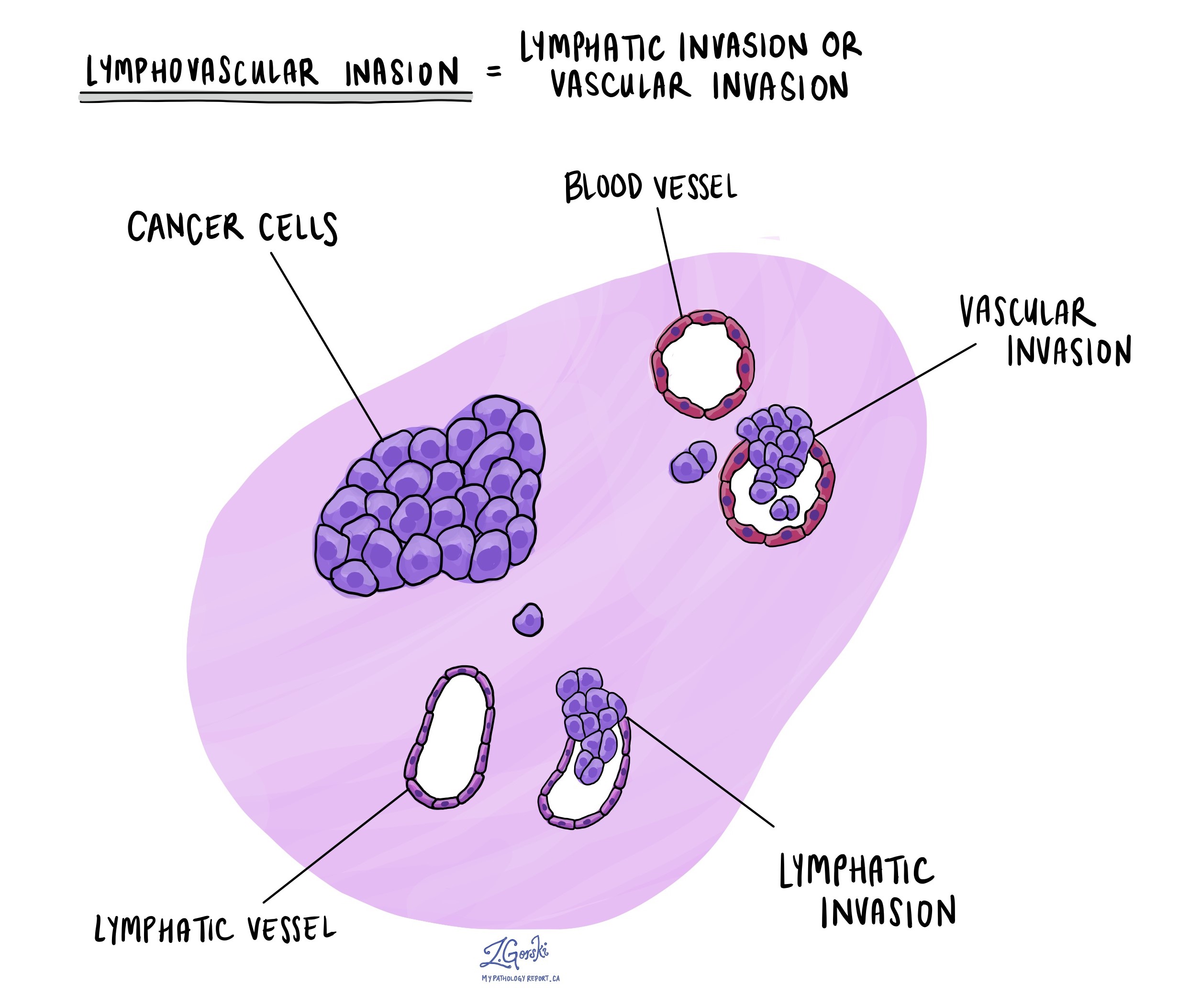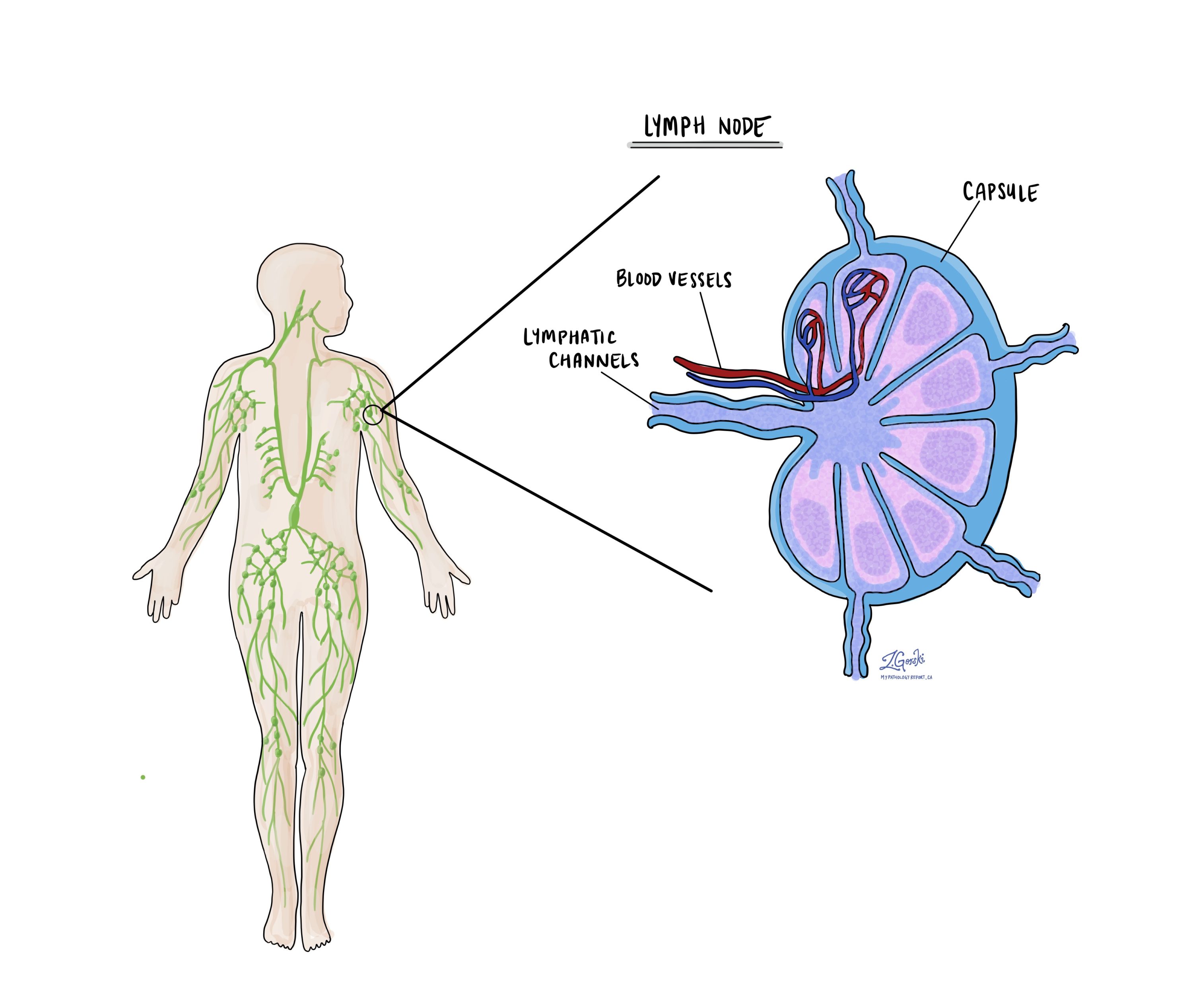by Jason Wasserman MD PhD FRCPC
March 26, 2025
HPV-associated squamous cell carcinoma of the vagina is a type of vaginal cancer linked to infection with human papillomavirus (HPV). It develops when HPV causes squamous cells in the lining of the vagina to grow abnormally, forming a tumor that can invade surrounding tissues.
What are the symptoms of HPV-associated squamous cell carcinoma?
Common symptoms include unusual vaginal bleeding or discharge, bleeding after intercourse, pelvic pain, discomfort or pain during urination, and feeling as if something is inside the vagina (foreign body sensation).
What causes HPV-associated squamous cell carcinoma?
This type of cancer is primarily caused by long-lasting infection with high-risk types of HPV, especially HPV type 16. Other factors increasing risk include previous treatment for cervical or other genital cancers, smoking, and having a weakened immune system.
How common is HPV-associated squamous cell carcinoma of the vagina?
HPV-associated vaginal cancer is rare, making up less than 1% of all cancers in women worldwide. Most cases occur in women aged 60–90. Around 78% of all vaginal cancers are linked to HPV infection.
How is this diagnosis made?
The diagnosis usually begins with a physical exam and imaging tests. A definitive diagnosis requires a biopsy, where a small sample of the affected tissue is removed and examined by a pathologist under the microscope.
What does HPV-associated squamous cell carcinoma look like under the microscope?
Under the microscope, HPV-associated squamous cell carcinoma of the vagina may appear in different forms, such as keratinizing (cells forming keratin), non-keratinizing, warty (with wart-like features), basaloid (small cells), or papillary (finger-like growth patterns). Tumors often combine several of these patterns. These microscopic features help pathologists confirm the diagnosis.
What other tests may be performed to confirm the diagnosis?
Additional tests may include immunohistochemistry for a protein called p16. Tumors associated with HPV infection typically produce large amounts of p16 protein, making them positive (reactive) when tested. In some cases, HPV testing can also be performed to confirm the presence of high-risk HPV types.
Histologic grade
Pathologists divide HPV associated squamous cell carcinoma of the vagina into three grades based on how much the tumor cells resemble normal squamous cells under the microscope. The grade is important because higher-grade tumors (moderately and poorly differentiated) behave more aggressively and are more likely to spread to other parts of the body.
- Well differentiated (Grade 1) – Tumor cells look very similar to normal squamous cells.
- Moderately differentiated (Grade 2) – Tumor cells clearly differ from normal squamous cells but are still recognizable as squamous cells.
- Poorly differentiated (Grade 3) – Tumor cells look very abnormal and bear little resemblance to normal squamous cells. These cells may require additional tests like immunohistochemistry for confirmation.
Tumor extension
Tumor extension describes how deeply a tumor has grown into surrounding tissues or organs. Understanding the extent of tumor growth helps doctors determine the cancer stage and choose the most effective treatment options.
Margins
A margin is the healthy tissue surrounding the tumor that is removed during surgery. Margins are examined closely under a microscope to ensure that all cancer cells have been removed. Negative margins (free of cancer cells) lower the chance of the cancer returning.

Lymphovascular invasion
Lymphovascular invasion means cancer cells have entered blood vessels or lymphatic vessels within the tumor area. This finding indicates a higher chance of cancer spreading to other parts of the body and can influence treatment decisions.

Lymph nodes
Lymph nodes are small structures that help the body fight infection. Cancer cells can spread from the original tumor to nearby lymph nodes. Pathologists examine lymph nodes removed during surgery under a microscope to determine if cancer has spread, which is crucial for staging and treatment planning.

What is the prognosis for a person diagnosed with HPV-associated squamous cell carcinoma?
The prognosis varies based on factors like the patient’s age, tumor size, and stage at diagnosis. Generally, smaller tumors (under 4 cm) and early-stage cancers have a better outlook. Overall survival rates average around 50–70%, but advanced cases have lower survival rates. HPV-positive tumors may have a better prognosis than HPV-negative tumors. Treatment typically includes surgery, radiation therapy, and chemotherapy, depending on the tumor’s location and stage.



